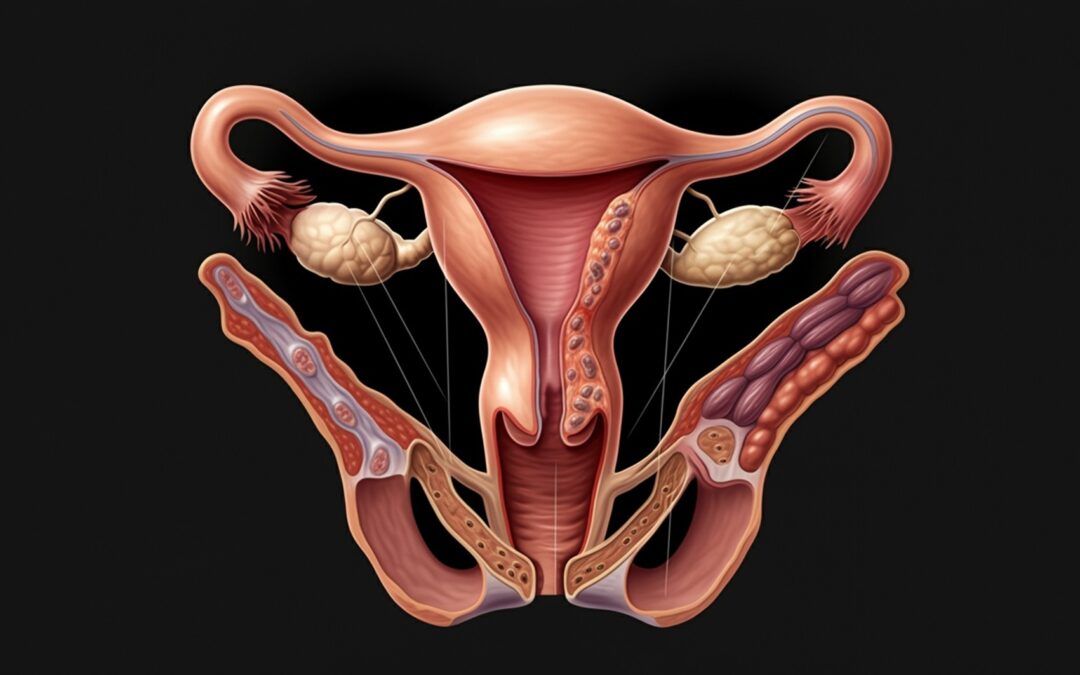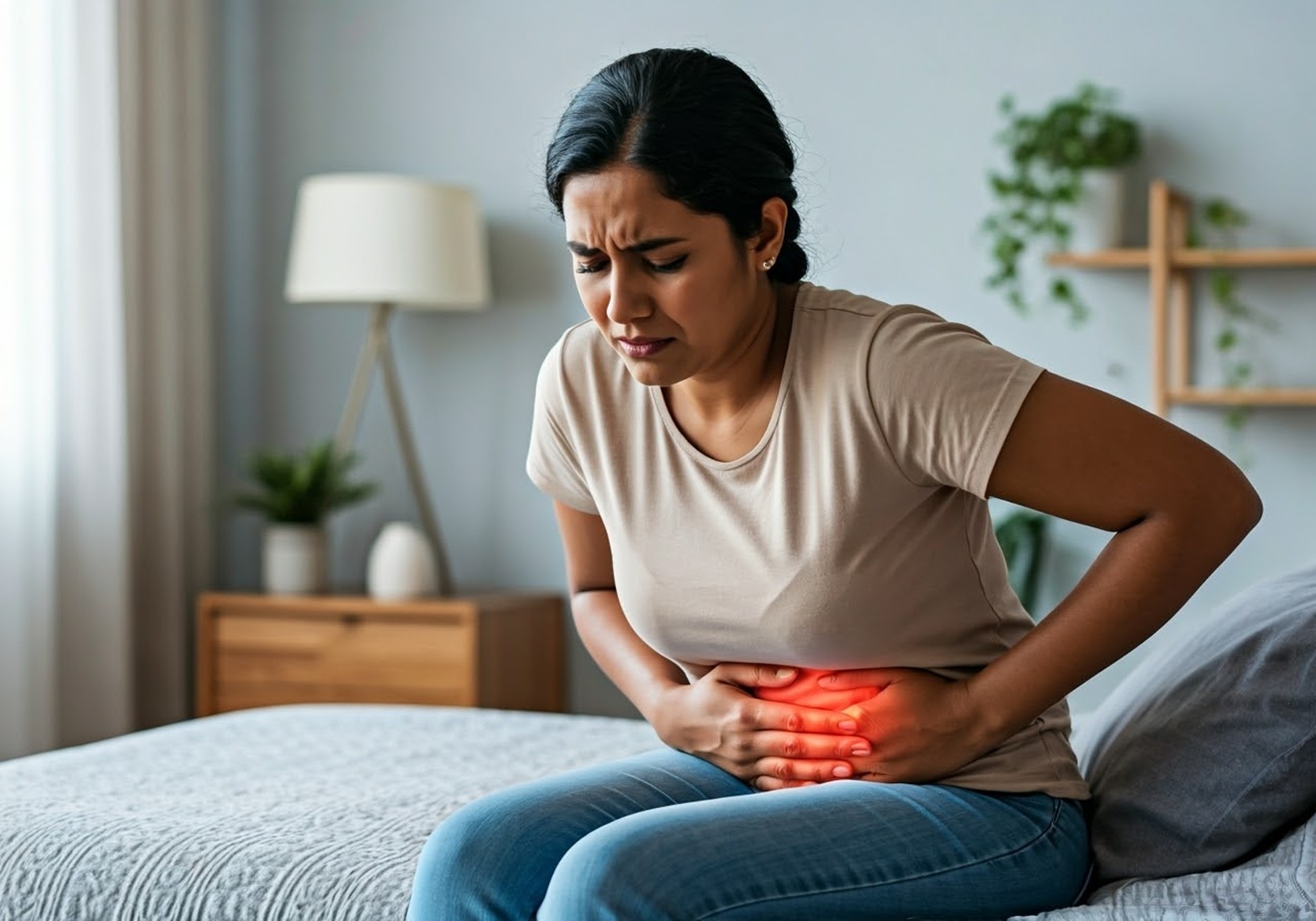Endometriosis is a condition where tissue similar to the uterine lining grows outside the uterus, causing inflammation and pelvic pain. A total hysterectomy, which involves removing the uterus and cervix, is often seen as a last resort for those with severe endometriosis. Yet, for some, the pain continues even after surgery.
“Endometriosis doesn’t always end with the uterus,” says Dr. Mohit Saraogi, one of Mumbai’s leading IVF and gynecology specialists at Saraogi Hospital. With over 13 years of experience and a track record of treating over 18,000 fertility cases, Dr. Saraogi provides expert insights on why this condition may persist post-surgery. In this blog, we explore why Endometriosis After Hysterectomy occurs, its treatment options, and when to consult a specialist.
Is it Possible to Have Endometriosis After a Total Hysterectomy?
Yes. Endometriosis can persist or recur after a total hysterectomy. While the uterus and cervix are removed, endometrial-like tissue outside the uterus may remain and reactivate.
This is especially true if the ovaries are preserved. Ovaries produce estrogen—a hormone that fuels the growth of endometrial tissue. Even in cases where ovaries are removed, tiny implants left behind during surgery can still cause symptoms, particularly if estrogen therapy is later introduced.
“About 10–15% of women may experience recurrent endometriosis symptoms even after hysterectomy,” explains Dr. Saraogi.
What Are the Causes of Persistent or Recurring Endometriosis Symptoms Post-Hysterectomy?
Several reasons may explain ongoing symptoms after surgery:
- Retained Ovaries: Continued estrogen production stimulates residual implants.
- Microscopic Residual Tissue: Not all lesions are visible during surgery and may be missed.
- Hormone Replacement Therapy: Estrogen therapy can reignite dormant lesions.
- Ovarian Remnant Syndrome: Rare, but leftover ovarian tissue may secrete hormones.
- Misdiagnosis: Conditions like adenomyosis may mimic endometriosis pain.
“Even with complete removal, residual cells can trigger Post-Hysterectomy Pelvic Pain,” says Dr. Saraogi.
What Treatment Options Are Available if Endometriosis Returns After Surgery?
If symptoms return, don’t worry—effective treatments are available:
Hormonal Therapy: Medications like GnRH agonists or progestins suppress estrogen, slowing tissue growth.
Laparoscopic Surgery: In select cases, surgical removal of remaining lesions may be necessary.
Pain Management: Anti-inflammatory or nerve-targeting medications help relieve discomfort.
Pelvic Physiotherapy: Useful for addressing chronic pelvic tension or pain post-surgery.
“Treatment must be personalized. What works for one woman may not work for another,” notes Dr. Saraogi.
When Should I Consult a Specialist About Ongoing Pelvic Pain After Hysterectomy?
It’s time to consult an expert if you experience:
- Persistent pain beyond three months post-surgery
- Pain during sex, urination, or bowel movements
- Lower abdominal discomfort or bloating.
These may indicate Recurrent Endometriosis or another gynecological issue.
Dr. Saraogi emphasizes, “Pain is your body’s way of signaling a problem. Don’t ignore it—early intervention leads to better outcomes.”
Let’s wrap this up:
Conclusion
Endometriosis After Total Hysterectomy is real and can impact life even after major surgery. Whether due to retained ovaries, microscopic lesions, or hormone therapy, the risk of recurrence remains. But the good news? With timely diagnosis and expert care from specialists like Dr. Mohit Saraogi, symptoms can be managed, and quality of life restored.
At Saraogi Hospital, our holistic approach—spanning diagnostics, advanced surgical techniques, and compassionate care—ensures you’re not just treated but truly cared for.
Frequently Asked Questions
Q1: Can endometriosis return after ovary removal?
Q2: How do I know if I have Recurrent Endometriosis?
Q3: Is HRT safe after hysterectomy due to endometriosis?
Q4: How is recurring endometriosis treated?
Q5: Can Saraogi IVF Centre help with complex cases?
References:
- Cleveland Clinic – Endometriosis After Hysterectomy
- ACOG – Endometriosis Management
Disclaimer: The content shared on this page is for informational purposes and not for promotional use.


